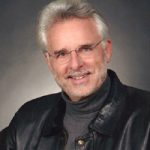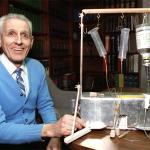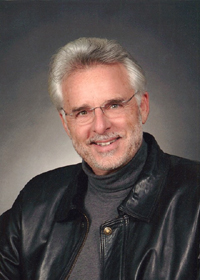
Deprecated: trim(): Passing null to parameter #1 ($string) of type string is deprecated in /home/aoiusa/public_html/wp-content/plugins/sexybookmarks/public.php on line 388
Deprecated: trim(): Passing null to parameter #1 ($string) of type string is deprecated in /home/aoiusa/public_html/wp-content/plugins/sexybookmarks/public.php on line 394
Deprecated: trim(): Passing null to parameter #1 ($string) of type string is deprecated in /home/aoiusa/public_html/wp-content/plugins/sexybookmarks/public.php on line 400
Source: The Corner
The death of Jack Kevorkian by natural causes has a certain irony, but it is not surprising. His driving motive was always obsession with death. Indeed, as he described in his book Prescription Medicide, Kevorkian’s overriding purpose in his assisted-suicide campaign was pure quackery, e.g., to obtain a societal license to engage in what he called “obitiatry,” that is, the right to experiment on the brains and spinal cords of “living human bodies” being euthanized to “pinpoint the exact onset of extinction of an unknown cognitive mechanism that energizes life.”
So, now that he is gone, what is Kevorkian’s legacy? He assisted the suicides of 130 or so people and lethally injected at least two by his own admission (his first and his last); as a consequence of the latter, he served nearly ten years in prison for murder. But I think his more important place in contemporary history was as a dark mirror that reflected how powerful the avoidance of suffering has become as a driving force in society, and indeed, how that excuse seems to justify nearly any excess.
Thus, while the media continually described him as the “retired” doctor who helped “the terminally ill” to commit suicide, at least 70 percent of his assisted suicides were not dying, and five weren’t ill at all according to their autopsies. It. Didn’t. Matter. Kevorkian advocated tying assisted suicide in with organ harvesting, and even stripped the kidneys from the body of one of his cases, offering them at a press conference, “first come, first served.” It. Didn’t. Matter. And as noted above, he wanted to engage in ghoulish experiments. It. Didn’t. Matter. He was fawned over by the media (Time invited him as an honored guest to its 75th anniversary gala, and he had carte blanche on 60 Minutes), enjoyed high opinion polls, and after his release from prison was transformed by sheer revisionism into an eccentric Muppet. He was even played by Al Pacino in an HBO hagiography.
Kevorkian was disturbingly prophetic. He called for the creation of euthanasia clinics where people could go who didn’t want to live anymore. They now exist in Switzerland and were recently overwhelmingly supported by the voters of Zurich in an initiative intended to stop what is called “suicide tourism.” Belgian doctors have now explicitly tied euthanasia and organ harvesting. In the U.S., mobile suicide clinics run by Final Exit Network zealots continue unabated despite two prosecutions, as voters in two states legalized Kevorkianism as a medical treatment.
Time will tell whether Kevorkian will be remembered merely as a kook who captured the temporary zeitgeist of the times, or whether he was a harbinger of a society that, in the words of Canadian journalist Andrew Coyne, “believes in nothing [and] can offer no argument even against death.“
Wesley J. Smith is a senior fellow in the Discovery Institute’s Center on Human Exceptionalism, and a legal consultant for the Patient’s Rights Council.


